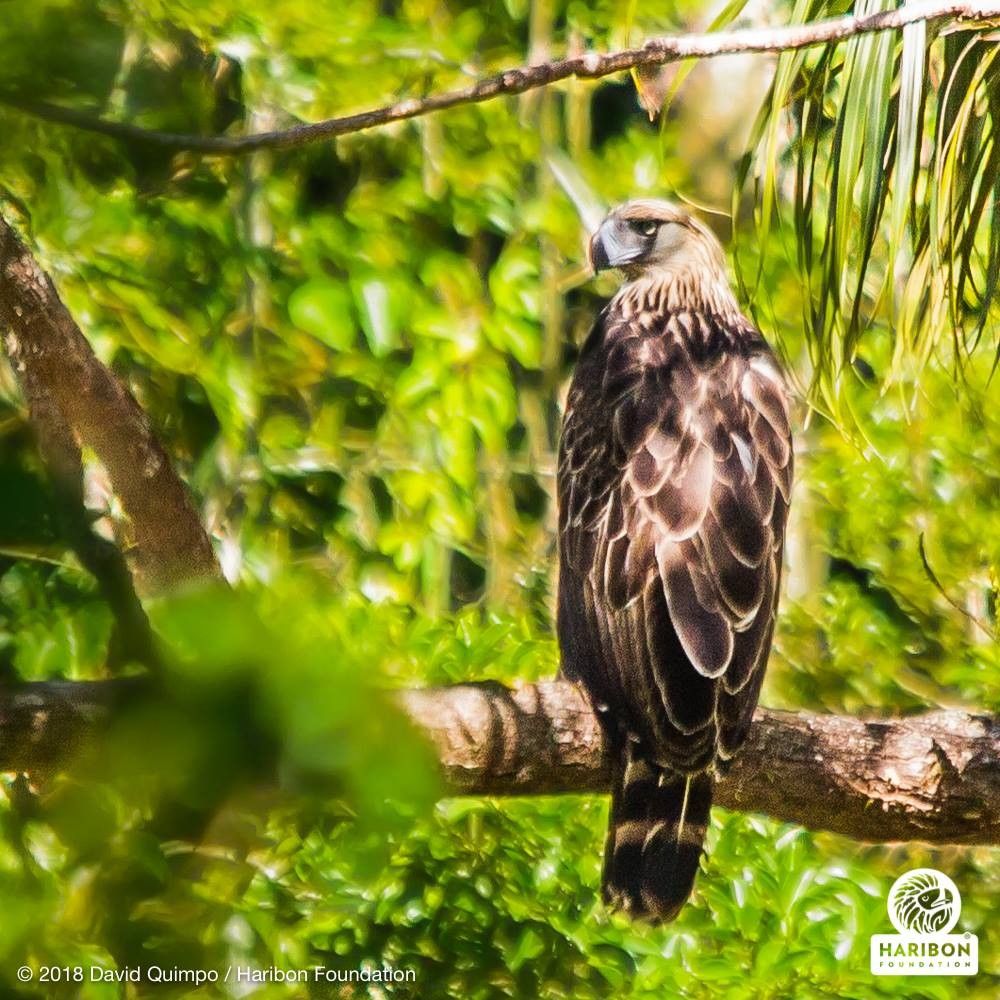Journey to meet Gab-E, Ecija’s Haring Ibon

MANILA, Philippines — Declared as the national bird, the Philippine Eagle is listed among the world’s rarest avian creatures and remains in the roster of critically endangered species of the International Union for Conservation of Nature.
I was among the members of Haribon Foundation who volunteered for a five-day expedition in the central Sierra Madre mountain range to conduct a field observation of the Haring Ibon (Pithecophaga jefferyi).
Below is a detailed account of my journey in meeting Luzon’s King of Birds – more fondly known in the local community as Gab-E (Gabaldon Eagle):
Day 0 – Meet and travel
Spent the whole day processing my travel insurance and medical clearance. At around 10 p.m., I met with Haribon bird expert Kahlil Panopio at the bus terminal in Cubao and left for Nueva Ecija by midnight.
Day 1 – Arrival and treacherous trek
Upon arrival in Nueva Ecija at around 4:30 a.m., we were joined by two local guides after an early breakfast. At exactly 8 a.m., the trek began following the usual route the locals traverse for bamboo harvesting.
Amidst multiple river crossings and extreme heat, the magnificent landscape and hillside scenery made the treacherous trek worthwhile.
At a stopover, one of the guides caught the scent of a Cloud-rat, or Kurimaong – a type of forest rodent that can only be found in the Philippines. After the five-hour climb, our team reached the campsite where I was introduced to other expeditioners of the Nueva Ecija Community Environment and Natural Resources Office, Provincial Environment and Natural Resources Officer and other local guides.
Thanks to the clear weather, unique bird species were spotted, including a Luzon Water Redstart foraging at riverside, a Coleto perched on a branch, and a pair of scale-feathered Malkoha.
The highlight of the day though was the brief welcome of Haring Ibon flashing its beautiful plumage, almost all-white underside and display of flight: it confirmed why it was proclaimed as king of the Philippine jungle.
Day 2 – Rain and fog
The songs of mountain birds woke me from deep slumber. Promptly, I went out the tent with my binoculars only to be greeted by thick fog and raindrops. The rain poured all day making it impossible for any raptor observation.
Day 3 – Strenuous hike, human footprint
The sun finally shone on the third day. After having an early breakfast, packing lunch, a quick briefing and setting groups, the teams set out for the climb.
The first group was tasked to conduct a campsite observation of the Haring Ibon from afar, while the second team, of which I was part, was in charge of on-site observation at the nest.
We left at around 7:30 a.m., awaited by a steep mountain terrain. Along the way were massive blocks of mixed boulder and timber due to landslide, reportedly caused by illegal logging. Fallen trees included the endemic red lauan, which was identified by a government forester.
Reaching the nesting site at noon, the group cautiously surveyed the area for possible sightings of the eagle parents. Raptors are naturally territorial and aggressive so caution must be observed when in their vicinity. The nest was ringed with discarded timber and tree stumps.
Atop a tree identified by a forester as tanguile sat the nest of the Haring Ibon. The tanguile had an approximate height of 65 meters and basal area of 52 meters. Found inside a canopy of pandan vines, the nest was measured and documented. Bird leftovers such as feathers and food were taken as specimen for DNA sampling. Location details and status were also recorded such as vines, orchids and type of trees surrounding the site, and presence of wildlife.
Two hours passed and the raptors were nowhere to be seen. As the time of descent slowly approached, I took one final look into my binoculars and caught sight of the magnificent pair. The Haring Ibon couple seemed to have been watching us while perched on a pine tree beside a nearby hill.
As the team took footage, the other raptor was circling above us. I was struck by such majestic beauty and behavior of what was said to be a display of courtship.
Day 4 – Descent
After three days of field observation, it was time to dismantle the tents, pack our bags and bid the mountains goodbye. Under perfect weather, we began our descent at 8 a.m. We crossed river streams and spotted a musang (civet cat).
Reaching the jump-off point at noon, we were welcomed once again by the hospitality of the Nueva Ecijanons. A group of eco-warriors invited us to stay for the night at the guesthouse of a local cooperative before heading back to Metro Manila the next day.
Conquering the unpredictable horizons of the Sierra Madre and meeting the King of Birds was an unforgettable experience with a lesson on biodiversity.
Faithfulness, loyalty, trust and resilience are just some of the traits of the great raptors – without a doubt an apt representation of the Filipino people.
- Latest




























